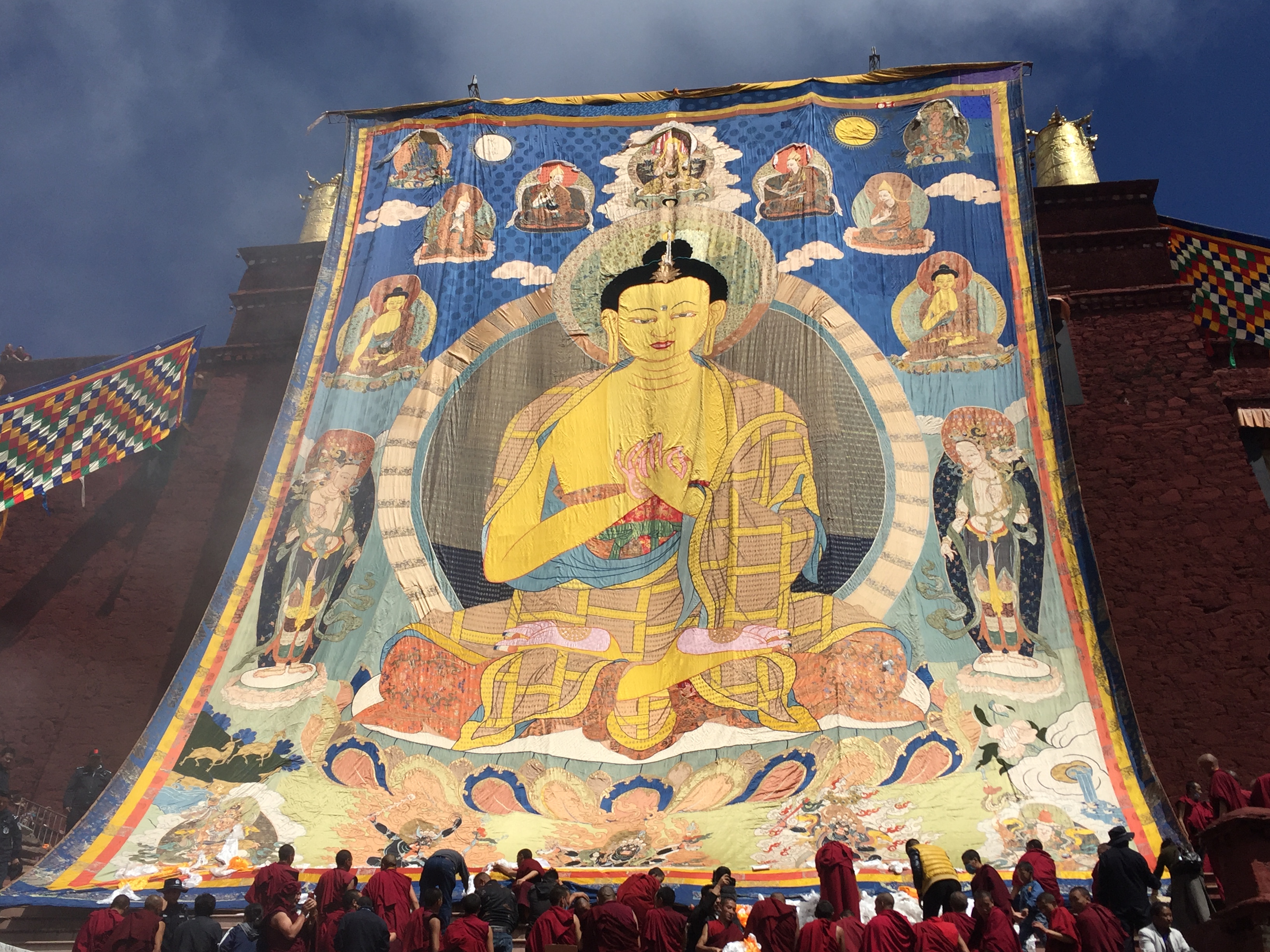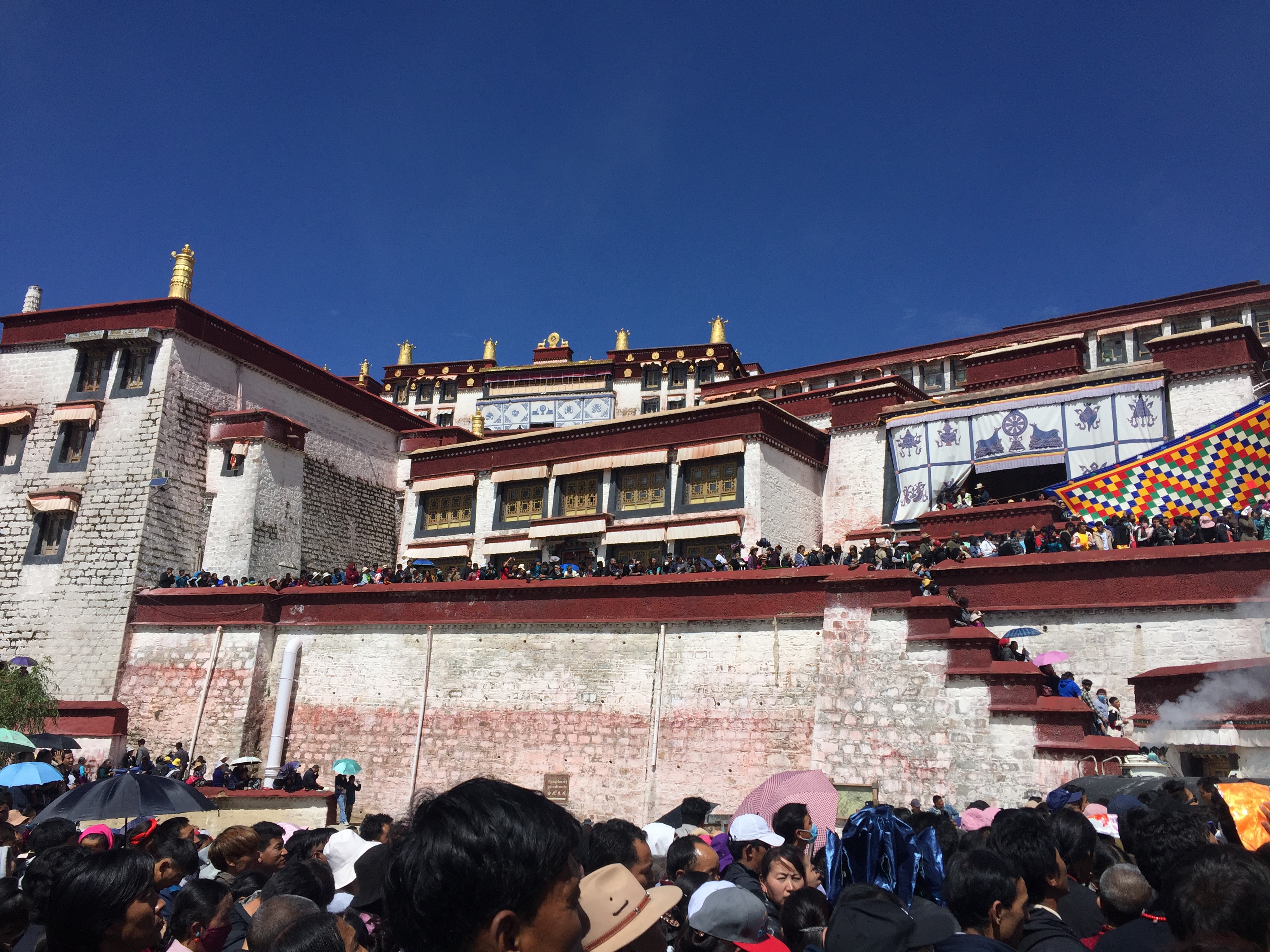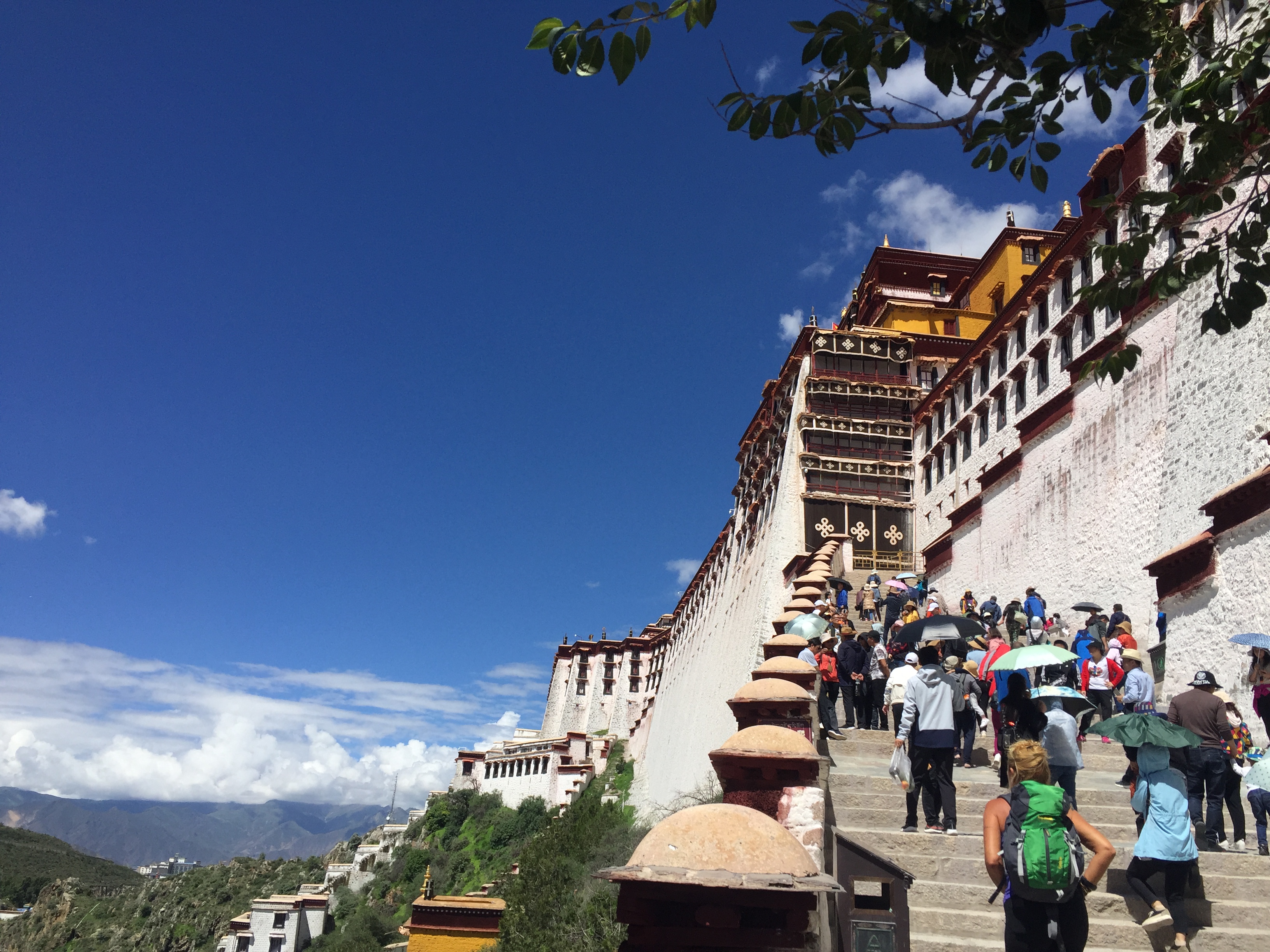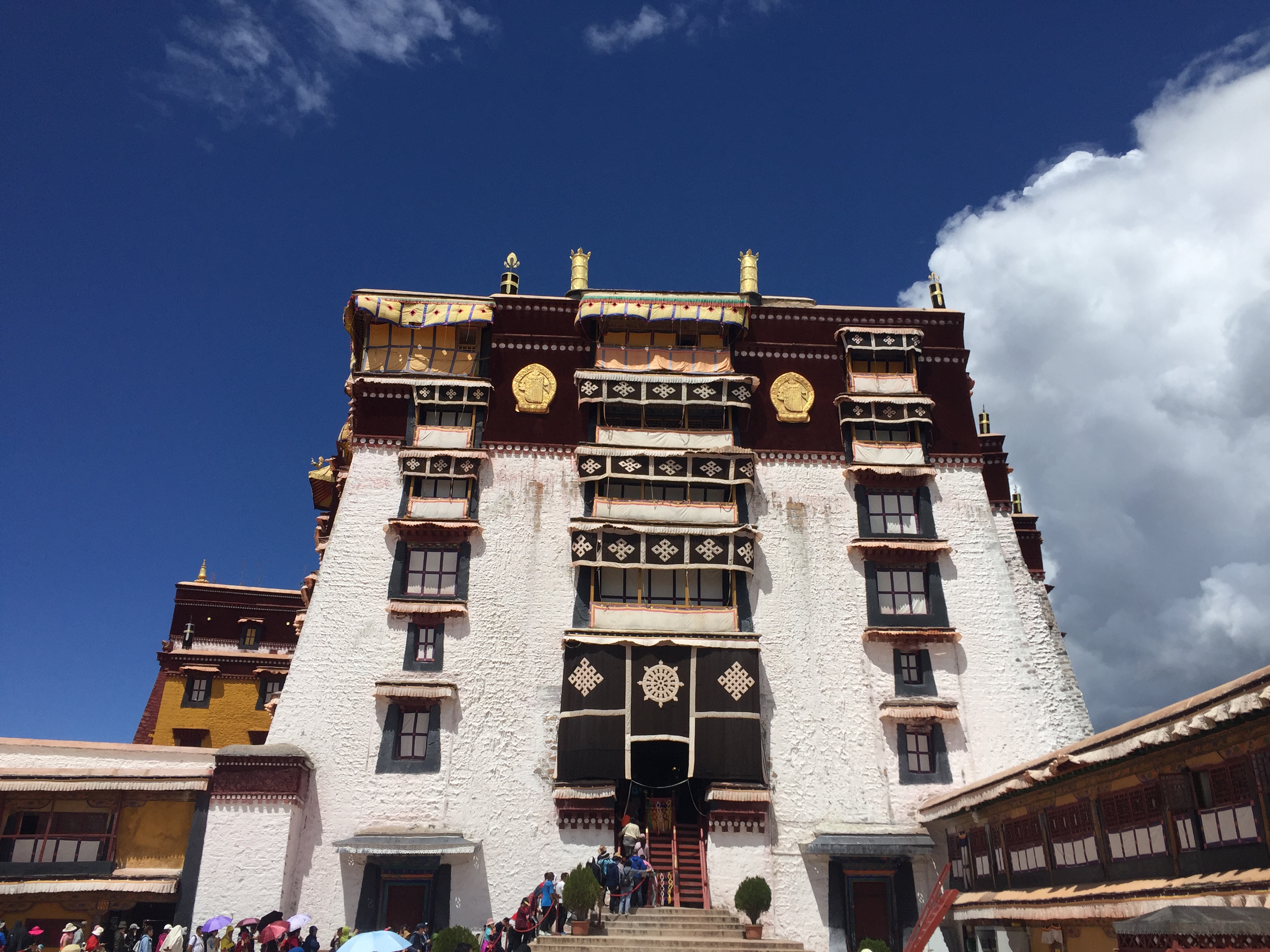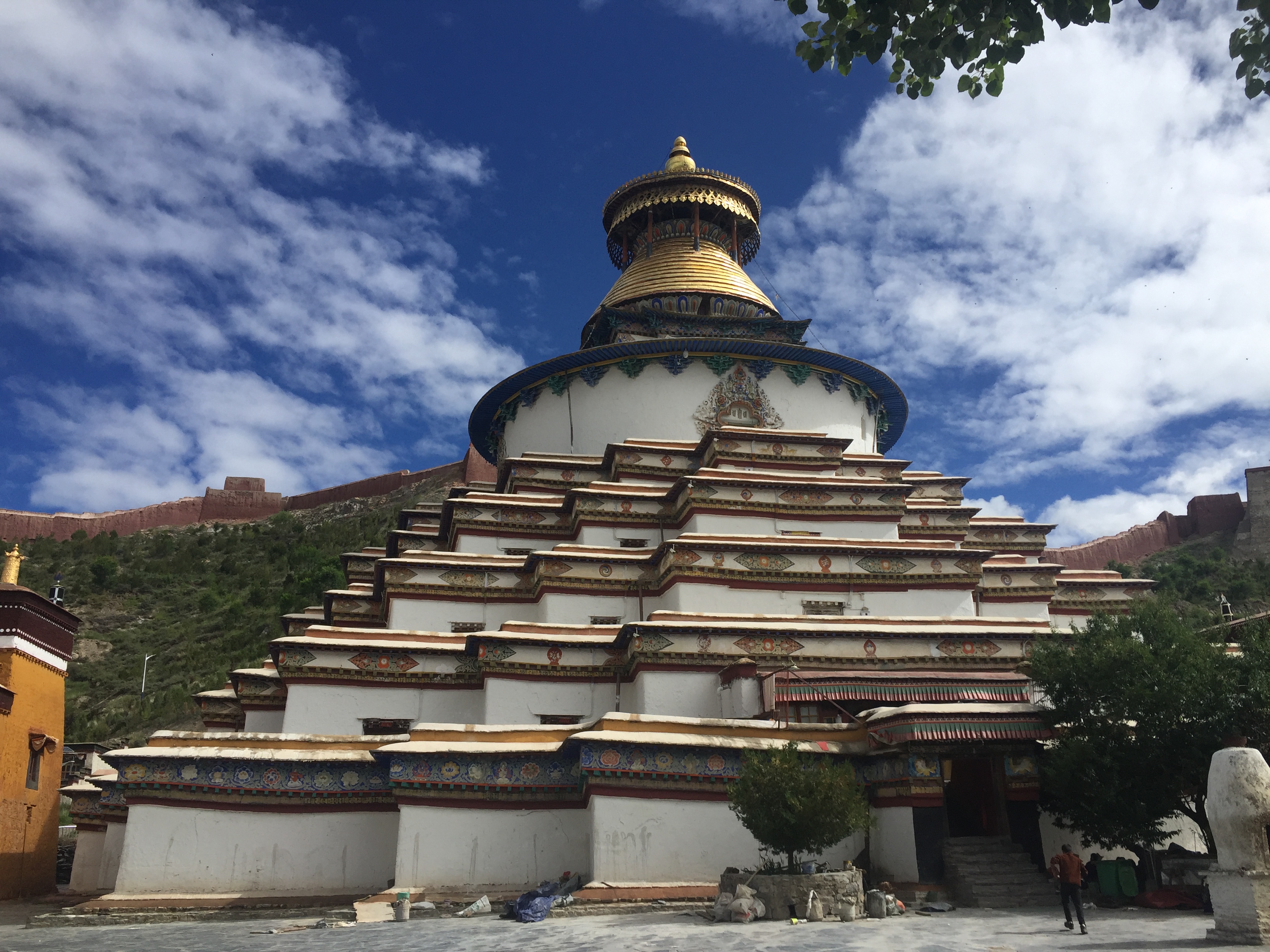Explore Lhasa: 7 days
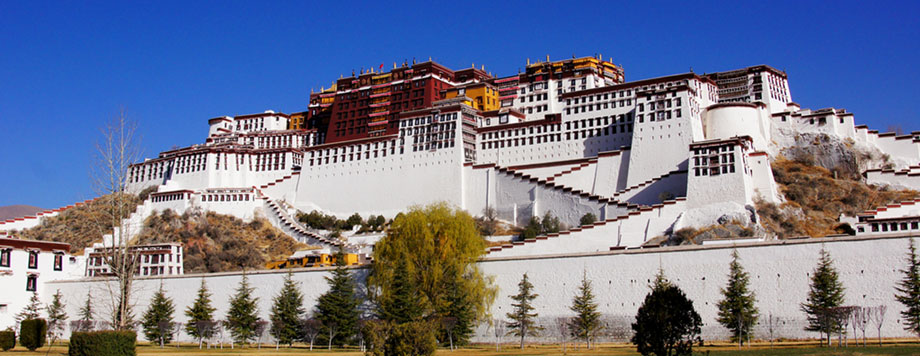
OVERVIEW
This unique trip covers the most popular, historical sites in Lhasa; Potala Palace, Jokhang Temple, Sera Monastery, Drepung monastery, Gandan monastery, the beautiful lake Yamdrok lake after the pass Gampa la. Glacier and snow mountains at a closer range also can be seen en route to Shigatse; was once the second-largest city in Utsang. On the way back to Lhasa, a different road is taken along the Tsangpo, Brahmaputra river.
Potala Palace, fort of 13-stories that dominates the whole city, was set up in the 7th century during the reign of King Songtsen Gampo and covers an area of 41 hectares. The 13-storeys main building, 115,703 meters in height, consists of White and Red palaces with 1,000 rooms, such as bedrooms, scripture rooms, stupas, and rooms for the monks. It is the headquarters of the Dalai Lamas and has been the home of each of the successive Dalai Lamas. It is a treasure house of traditional Tibetan culture.
Drepung Monastery is about 8 km west of Lhasa. Drepung Monastery was once the world’s largest monastery with a population of about 10,000 monks. Drepung was founded in 1416 and in 1530 and the 2nd Dalai Lama established the palace that was home to the Dalai Lamas until the 5th built the Potala. Today, there are around 500 monks in residence and 40% of the Monastery has been destroyed.
Sera Monastery is about 5km north of central Lhasa. It was along with Drepung one of Lhasa's 2 great Gelugpa monasteries. It was built in 1419 by one of the eight disciples of Tsongkhapa, founder of the Ge-lug-pa Sect. It covers an area of 114,964 square meters, the structure is imposing, picturesque in disorder, and splendid in green and gold. It is typical of Tibetan architecture.
Also, visit the Norbulingka Palace which was developed as the Summer Palace of the Dalai Lamas in the mid-18th century.
Overnight at the hotel.
Jokhang Temple is situated in the heart of the old part of the town. It was built in the mid-seventh century. It was founded by Queen Bhrikuti on a site deemed by Queen Wencheng to be the principal geomatic power-place in Tibet.
It is at Barkhor Street that most people fall in love with Lhasa. The Barkhor circuits run through the heart of the old city where life has changed little over the centuries. The whole circuit is lined with stalls selling everything a Tibetan or visiting tourist could possibly need.
D01. Arrival in Lhasa and transfer to hotel
D02. Visit Potala Palace and Sera monastery
D03. Jokhang Temple, Drepung Monastery
D04. Gandan monastery- back to Lhasa
D05. Gyangtse-Yamdork lake-Shigatse.
D06. Lhasa- drive back to Lhasa.
D07. Trains station or airport- Departure.
- Airport picking up
- Train Ticket from Xining to Lhasa.
- Private professional English-speaking tour guide.
- Private vehicle and Luggage Transfers.
- All necessary Tibet travel permits.
- All accommodations, based on double occupancy. Medium standard accommodation with attached bathroom on twin sharing basis.
- Meals, as noted in the itinerary.
- Admission fees and activity expenses, as noted in the itinerary.
- Service Charge (the planning, handling, operational, and communication charges) & government taxes.
What's excluded in this price?
- China visa.
- Train ticket or airfare leaving Tibet.
- Sightseeing is not listed in the itinerary.
- Meals not listed in the itinerary (all lunches and dinners).
- Personal expenses such as laundry, drink, fax, telephone call, optional tour activities, etc.
- Gratuities, tips to guides, drivers, bellboys, etc.
- Excess Baggage Charges.
- Single room supplement.{/xtypo_list}

